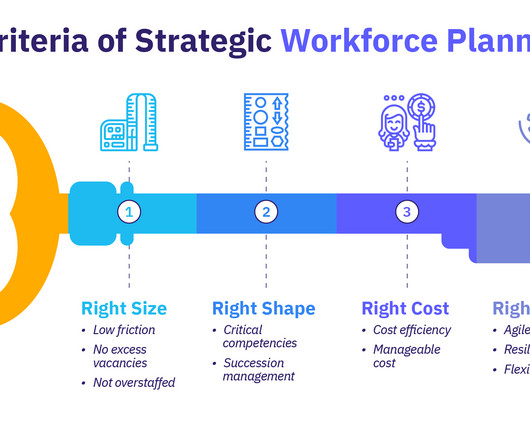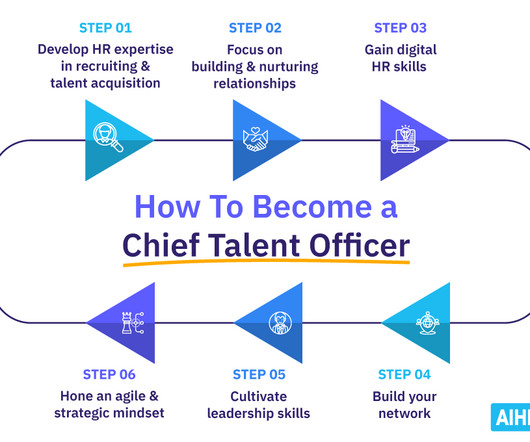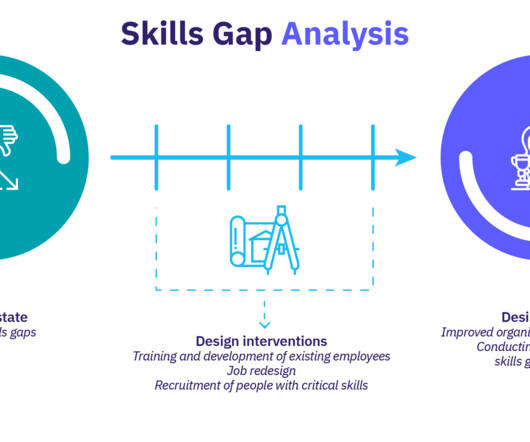Strategic Workforce Planning 101: Framework & Process
Analytics in HR
DECEMBER 8, 2023
Strategic workforce planning enables HR and business leaders to identify and anticipate their workforce needs and challenges and take action to ensure the organization is prepared to succeed not only today but in the future. Contents What is strategic workforce planning?























































Let's personalize your content